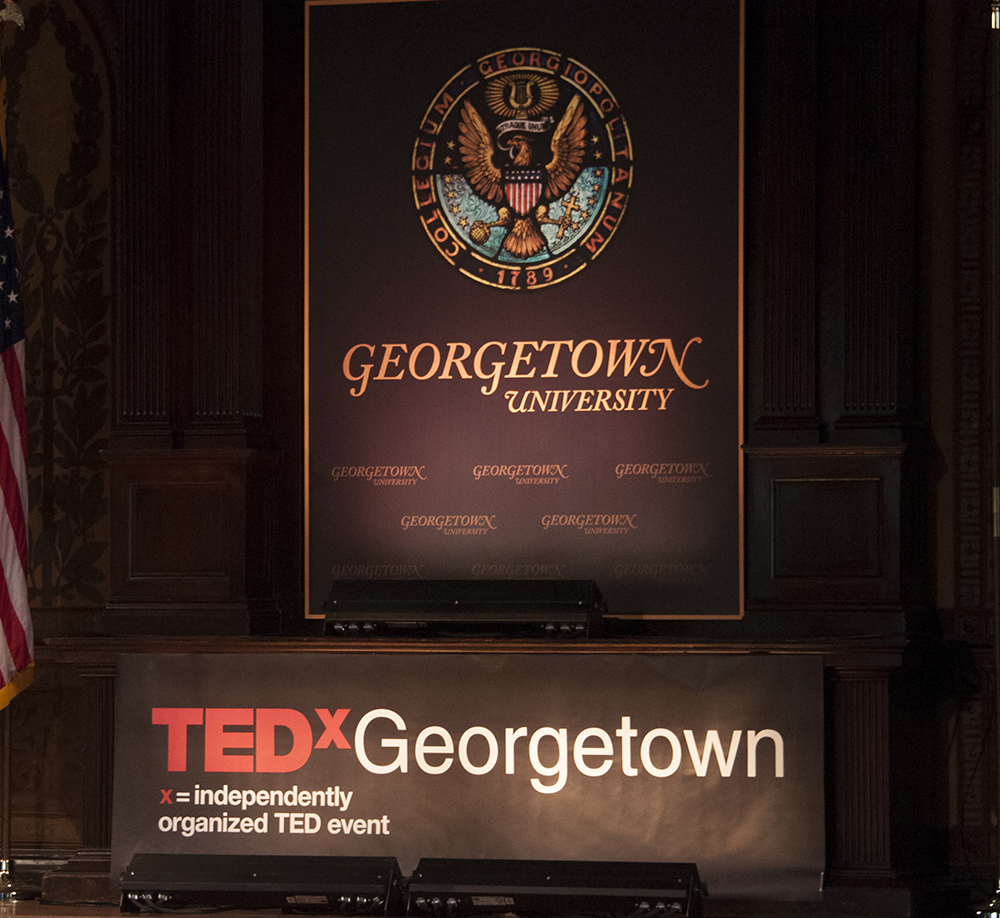Encouraged by state-owned media, individual Chinese investors have been indulging in risky investment behavior over the past few years that has ultimately lead to the stock market’s downfall.
The current frenzy, wherein more and more Chinese first-timers are entering the ever-ballooning stock market, fuels an unprecedented and reality-defying valuation mirage. Housewives, industrial workers and salesmen chase the gold rush only to find that the taste of the free market can turn bitter very fast. With stock markets plummeting by over one-third since June, some of the yay-yay China watchers are now becoming the prophets of dooms day for China.
The IMF estimated that in December 2014, China’s GDP of $17.6 trillion (16.5% of the world GDP on PPP basis) surpassed the US GDP of $17.4 trillion (16.3% of the world GDP on PPP basis), thereby, becoming the largest global economy in terms of purchasing power parity. But in the stock market arena, China remains the Off-Broadway experimental show, likely to stumble and fail. But does such failure reflect the failure of the Chinese economy?
Even today, despite the sometimes atrocious triple-digit PE multiples, the Chinese stock exchanges of Shanghai and Shenzhen make up 20% of the US stock exchanges in terms of market capitalization. The US exchanges, put together, control 52% of the world stock market capitalization. On the paid-up basis, with a figure below $1 trillion, the Chinese stock exchanges languish way behind Japan’s $3 trillion, the UK’s $2.6 trillion, France’s $1.3 trillion, and even South Korean and Taiwanese markets have more listed equity in paid-up value terms than the Chinese stock market, which is in its teens. Like all teenagers, it is likely, as it has done, to be brash and disrespectful to the norms of valuation and to the might of the market forces. But like all teenagers coming into adulthood, it will sober up. In fact, with the strong parenting hand of the government, it may become more disciplined.
The world and, more so, English-speaking countries fantasize about successes similar to what China has experienced. What we forget is that most of Europe and more so southern Europe is hugely in debt with loans that can only be rolled over and never paid.
The U.S. is boosted by a carefully calibrated and continuous dosage of liquidity injections and no one knows where it would land the U.S. economy and to which course it would force the world economy once this notional wealth effect is withdrawn.
Against this, the fact remains that China is debt free, and, in fact, owns a sizeable part of the US treasury. The savings rate remains at 49%, the highest in the world, and the bleakest forecast still gives a 6% growth projection on a compounded base, which has been rising to near double digits in the past decade.
The stock market crash, a first-time phenomenon for China, may be grabbing headlines across global media, but stock markets play a minor role in the real Chinese economy. Stocks constitute only 15% of the wealth of an average Chinese household and, despite the recent fall, they still are up 80% from where they were 24 months ago.
In what is essentially a brick-and-mortar economy and the motherland of modern day mass manufacturing, where continuous capex is the key to growth, only 2% of assets and 1% of debt are financed by stock markets.
The Chinese economy is in a transformational period where the shift from a cheap labor-driven, export-led growth towards a more domestic consumption-led story is going to be the key theme of the future. What is being overlooked is that the three decades of growth and prosperity have resulted in a base of Chinese immigration and investments abroad. The Chinese markets in cities of the western nations are expanding and new ones are coming up in the unsuspecting nations of Africa and Asia. The Chinese Diaspora is the most visible and entrepreneurial in the world, with India as an arguably distant second. With capital controls easing over time in China at the same time, the remittance economy that they are creating will provide an additional buffer to the Chinese economy. While their strict human rights and anti-corruption laws hem in western businesses, limiting the nature of their engagement with the rulers of African countries, Chinese businesses, backed by the proactive government, face no such qualms. While Indian and western companies gloat over the acquisition of agricultural land and mines in few African countries, the Chinese are more strategic — they buy the governments.
Any analysis of China through the existing models of development, which, in today’s world are derived from the free market economic theories, is likely to lead to the conclusions that do not fit with reality. Never in human history has a population of 1.3 billion been pulled up economically with the combination of paternalism, pragmatism and closely monitored market forces.
We might as well put all our conventional understanding of exclusivist free-market vs. centralized command economics models in the attic. To deal with China is to deal with the facts on the ground to whatever veracity they are observable and measurable. One does not confuse the real economy of China with its stock market, as the overlap is too small. Even on ridiculously inflated share prices, as a percentage of GDP, the market cap of the Chinese economy is 44% against 70% for India with a humble PE multiple of 18 or so, and 115% for the US. The notional wealth effect of these economies is far greater and the risk of reversionary contagion affecting the main street in these other economies is much higher than China should, god forbid, a global collapse take place.
Rohan Shridhar studies in the Law Center. The Global Inquirer appears every other Sunday on thehoya.com.









